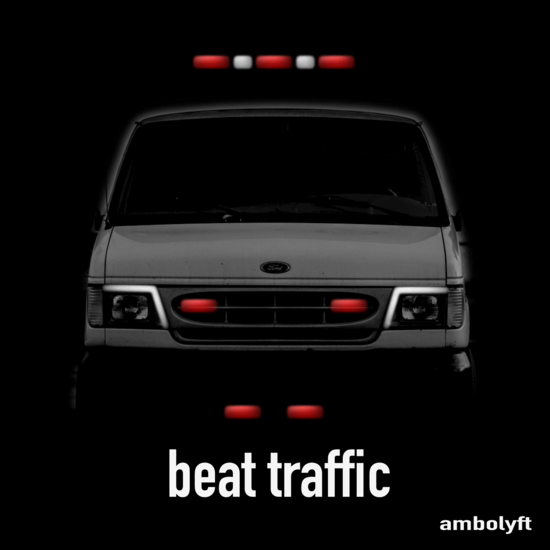Every ambulance that goes out represents a massive waste of potential: it doesn't have any passengers! Ambulances need space to transport people on the return trip, and it really says something about humanity that we've gone so many years with that capacity completely idle on the outward journey. It would be one thing if we were talking about vehicles that travel normally across the city—though of course I'd love to see more carpooling—but these are high-speed vehicles! Traffic yields to open a path, they don't have to wait for stoplights, they're the fastest way across the city.
The reason we haven't fixed this already is that it's only recently that smartphones have become widely available. Before, it would have been too hard to connect travelers with first responders going their direction within the narrow window between an alert coming in and a vehicle going out. After, bypassing taxi supply cap regulations was a larger market. But now, the time is ripe: introducing Ambolyft!
While our initial fleet is currently entirely ambulances, we're expanding to police as well. Great side hustle opportunity!

